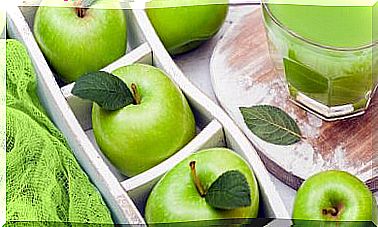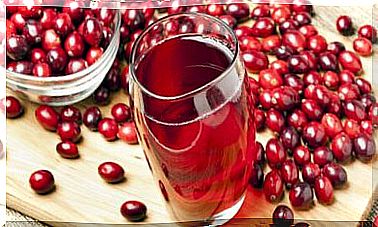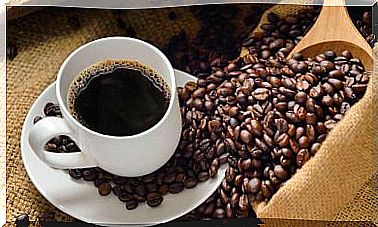Some Edible Flowers And Their Nutrients
It is incredible that some flowers, in addition to giving us their beauty and other benefits associated with them, can also serve as food. Some of these edible flowers and their nutrients, along with their pleasant taste, can become a different dish to delight your family or your guests. You can also prepare a tea to relax in your moments alone.
Next, we tell you about some edible flowers and their nutrients.
Some edible flowers and their nutrients
The pumpkin flower
The pumpkin plant belongs to the genus of plants with the scientific name Cucurbita. We can take advantage of not only the pumpkin itself, but also its seeds and flowers.
Thus, pumpkin flowers can be used in different dishes such as soups or stews. Therefore, it is justified to include it in a list of edible flowers and their nutrients. It is widely used in dishes of Mexican gastronomy. In addition, there are those who even use it as an accompaniment to pasta.
One of the great advantages of the pumpkin flower is that it is made up of water for the most part. Thanks to this, they can be consumed at ease without having to worry about calorie intake.
They also provide calcium, used in the body for the formation of bones and teeth. An adequate calcium intake is also, according to an article published in Harvard TH Chan, a good way to prevent osteoporosis.
The arugula flower
The arugula flower, a plant with the scientific name Eruca sativa , can be used in a wide variety of ways, especially to flavor foods.
Arugula belongs to the same family as cauliflower and broccoli, its flowers are very aromatic and can be used mainly in salads, although they are also used as ingredients in soups. Thanks to its iron content, this plant and its flower could help prevent anemia.
Note : in case of anemia, your doctor will surely give you iron supplementation. According to data from the American Society of Hematology , in cases of anemia, iron intake through food is usually not enough to combat anemia.
It also provides calcium, a key mineral for good bone health. It also provides vitamin C, a nutrient that would help strengthen the functions of the immune system.
The jasmine flower
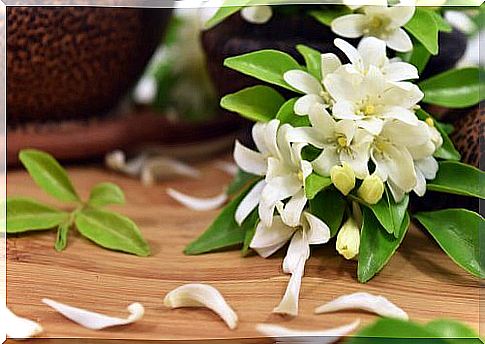
The jasmine flower is one of the most prized flowers for its extremely pleasant fragrance, as well as its varied use ranging from tea to perfume. Among the various species of this plant, perhaps the most common is the one that bears the scientific name of Jasminum officinale .
Jasmine tea is famous for its supposed calming properties, meaning that it is commonly used to help control symptoms of stress, anxiety, and depression. In addition to this, jasmine tea would have analgesic properties, helping to counteract day-to-day pains.
In fact, glucose regulatory properties are attributed to it, since its content of the polyphenol EGCG would help the body to use insulin more effectively. Consequently, blood sugar levels would decrease and normalize.
Dandelion
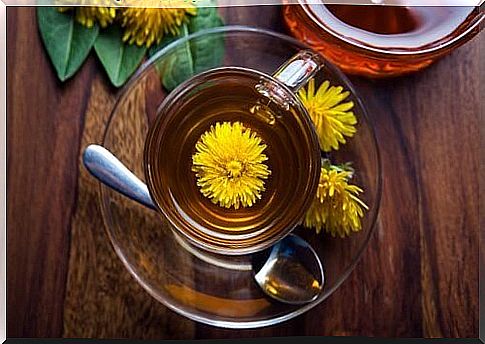
The dandelion is another of the most used flowers. It bears the scientific name Taraxacum officinale and, from it, the flowers are especially used. Although it grows in many parts of the world and is believed to have beneficial health properties, dandelion is considered a weed by some people.
Nutritionally, based on data published in NCBI, dandelion possesses beta-carotenes. It also contains minerals such as iron and calcium. Dandelion has also become famous as a good liver detoxifier. One of the most common ways to use these flowers is in tea.
Remember to make sure you are not allergic to any of these plants and flowers before consuming them. Consult a doctor if you have any ailment or if you are taking any medication. Remember that home remedies are not a substitute for medical treatment. No one better than a professional will be able to recommend you how to combat your ailments.
